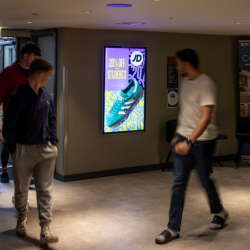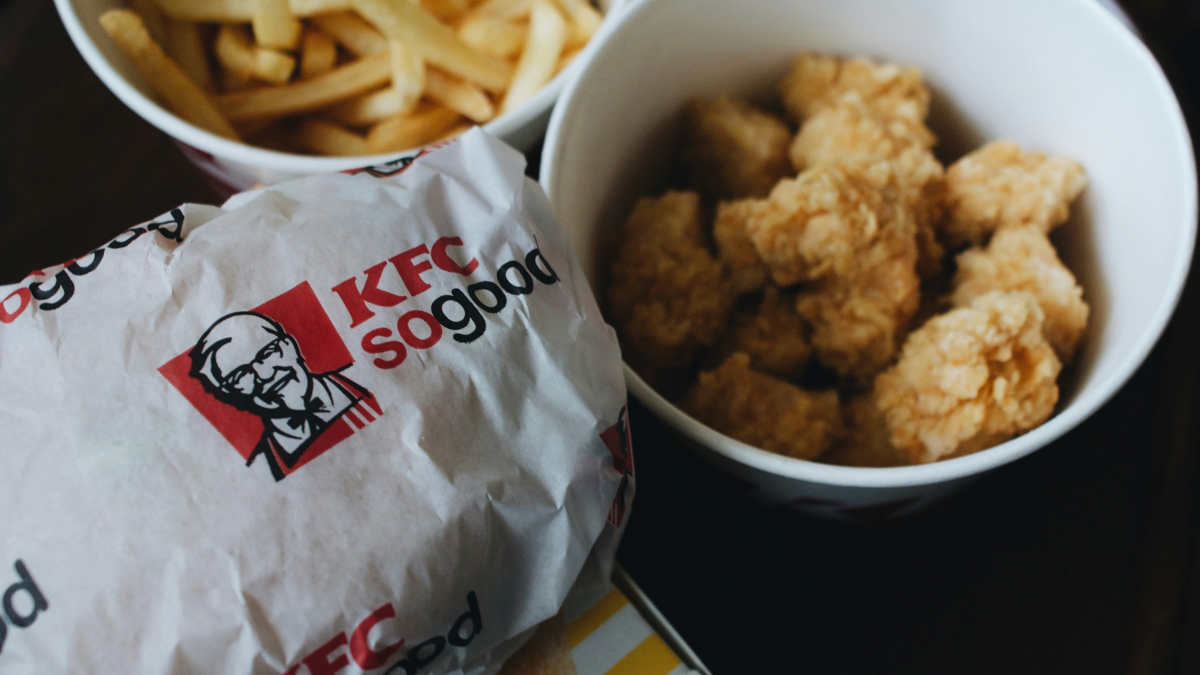‘When I grow up I wanna be famous, I wanna be a star, I wanna be in movies.’
No, it’s not a direct quote from The Long and the Short of It, but it might as well be. For all the Zillennials obviously — it’s the Pussy Cat Dolls song we all sang on karaoke machines. But I digress. As brands, we know that aiming for fame is the best way to grow all the juiciest metrics: it reduces price sensitivity, improves market share and has a drastic impact on sales and revenue. That is to say… ‘Aim for fame!’…
And that quote we actually can thank Binet and Field for. And as Charli XCX’s BRAT launch has shown, we’re living in the age of fandom. Garner and grow it, and global success is just a viral green moment away.
This isn’t really to do with a cultural shift, as much as a media one. The flattening of the content landscape has democratised curatorship: it’s no longer the role of an elite few to dictate what’s worthy of following. No matter who or where you are, anyone can build a following, and anyone can become a fan. So, a big intermingling party of algorithmic discovery, and bleak reality has made fertile ground for fandoms to grow and thrive. So far so brilliant for brands. We want fame + fame is easier than ever to get = done. But caution this way lies. Because there’s a razor-thin line between fame and infamy. And with trend arcs faster and more fleeting than ever, only a strategic route to fame will sustain and build over the long term. I’m speaking to you Solo Stove. And PRIME Energy drinks. Flashes in the pan of fame are just that. And virality and business metrics aren’t necessarily aligned. To drive fame beyond the trend cycle, you need to aim for fandom.
1. Nurture a fanbase
At the core of the BRAT campaign is an iykyk energy. The lime green x text combo is popping up everywhere, from profile pictures to protests to parties. And this is the power of a dedicated fanbase. A fanbase grown through total dedication and care: getting their input, hosting community get togethers, creating a world with them in mind. Building a fandom is a two-way street, a collaboration — not content and consumption.
Find and speak to the 0.5% of your most dedicated advocates, and the impact can be seismic. A dedicated fandom will defend you in the comments, review and hype your product launches, and recommend you to friends. But its a friendship, and it means giving more than you get.
2. Plan slow, react fast
Viral spikes are infamy bound. They get the eyeballs, sure. But that attention doesn’t lead to anything. This is where Solo Stove went wrong, they got the viral peak, but it had nowhere to go, no larger story to evolve to.
We need to work out what our brand’s voice in culture is: where is your voice needed and what, what’s your point of view? Having a strategic view on what you’re going to be famous for, and committing to that is key for a sustained fame beyond infamy.
Look at McDonald’s, their huge peaks and collaborations across subculture, has come from a total and sustained commitment to be more than ‘cultural wallpaper’ and to really stand for something. With a story in place, the rest can follow. Reactive moments, fast turn assets, social-first humour. It can all build to long-term fame.
3. Do iconic shit
At the heart of all fandoms is love and appreciation for places doing things differently, and rethinking how things should be. Otherwise why would you be a fan? DuoLingo grew on social because it was doing something different. The charge for a whole storm of ‘unhinged’ brands doing the same thing misses the point. The internet loves people who do things differently.
Fame comes from doing things differently. Fandom only comes from doing things differently. Finding and committing to finding your own path is the key to fame. We’re consuming more media than ever, so only the most different, the most outlandish, the most bizarre, sticks out and sets in.
So…
Building a collaborative fandom.
Finding where your voice is needed.
Unlocks your ability to do things differently.
And that’s where sustained fame lies.
Featured image: Snoop Dogg for Solo Stove
































